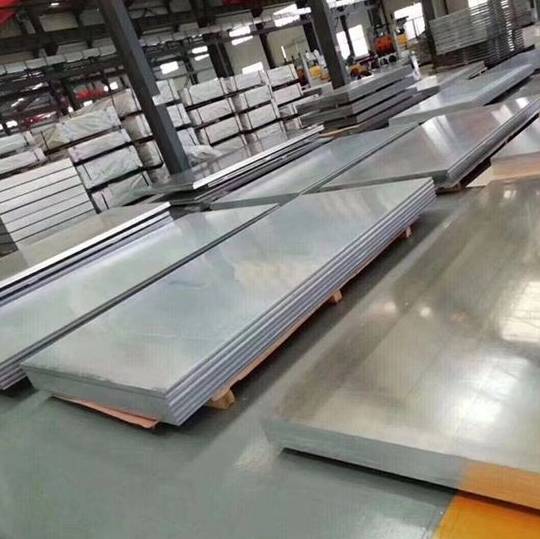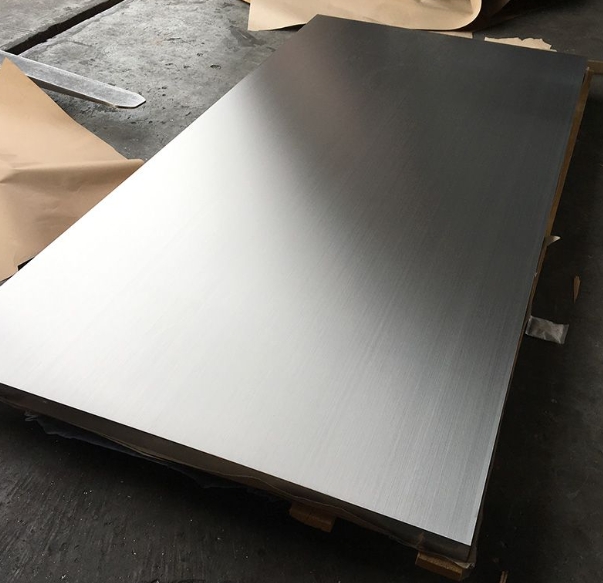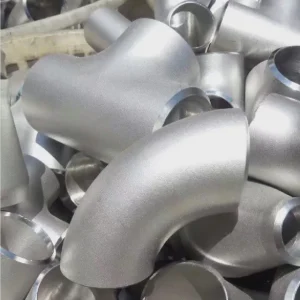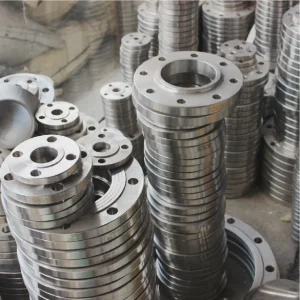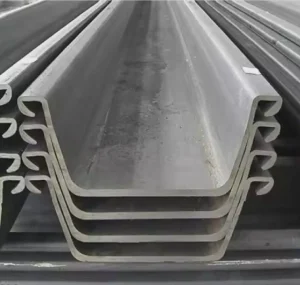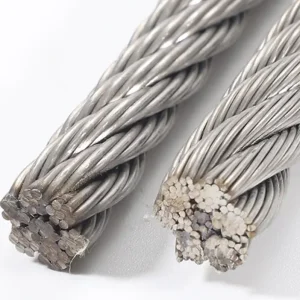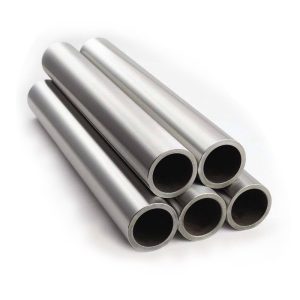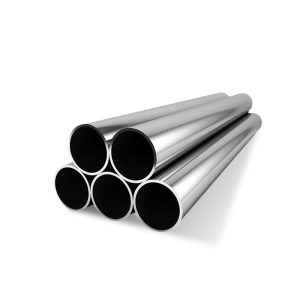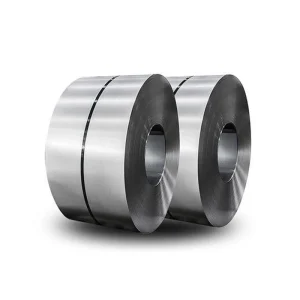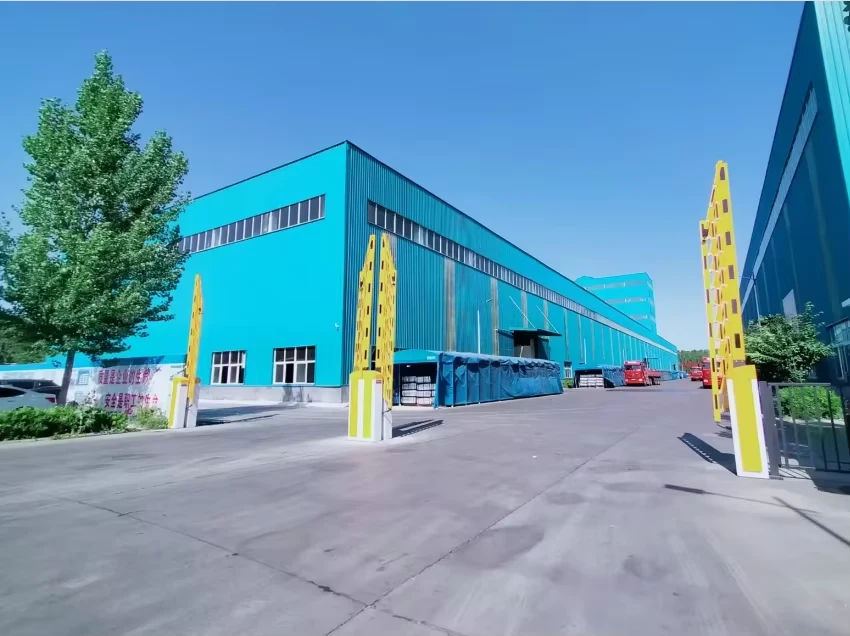Why Marine Engineers Swear by 5083 Aluminum
Saltwater corrosion devours ordinary metals, but 5083 aluminum plate laughs in the face of rust. With 4–4.9% magnesium content, this marine-grade alloy combines seawater resistance with weldability—a rare duo.
According to the International Aluminum Institute’s 2023 report, 5083 aluminum plates retain 98% structural integrity after 20 years in coastal environments. That’s why 78% of new shipbuilders now prefer it over stainless steel.
Case Study: A Norwegian ferry operator slashed maintenance costs by 40% by switching hull panels to 5083-H116 aluminum sheets. The alloy’s fatigue strength also doubled service life in icy waters.
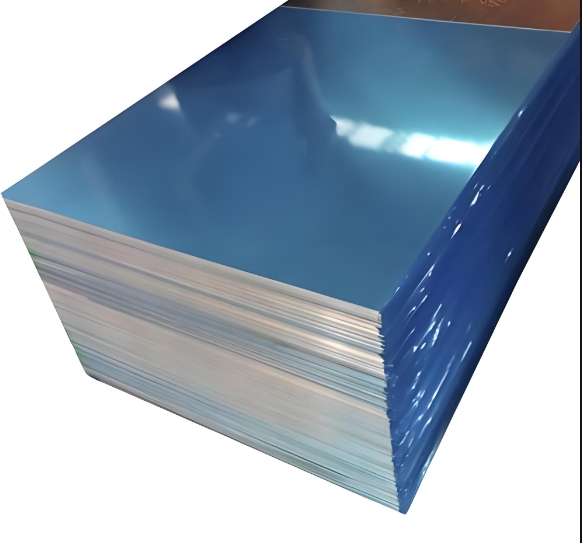
5 Game-Changing Properties of 5083 Aluminum Plate
1. Saltwater Superpower
Unlike carbon steel, 5083 aluminum plate forms a self-healing oxide layer. Even when scratched, it resists pitting corrosion—critical for offshore oil rigs and desalination plants.
2. High Strength-to-Weight Ratio
With 270 MPa tensile strength, 5083 alloy handles heavy loads without bulk. Airbus uses it for cargo floor panels, cutting aircraft weight by 15% (Aviation Week, 2022).
3. Welding-Friendly Chemistry
MIG-weld 5083 aluminum sheets using ER5183 filler wire. No preheating needed! Hyundai Heavy Industries reduced shipyard labor hours by 25% this way.
4. Cryogenic Toughness
At -196°C (-320°F), 5083-H321 aluminum retains 90% ductility. Perfect for LNG tankers and Arctic pipelines.
5. Recyclability
Over 95% of 5083 plates get recycled into new products—reducing mining waste by 8 tons per batch (World Resources Institute).
5083 vs. 6061 Aluminum: Battle of the Alloys
| Property | 5083 Aluminum | 6061 Aluminum |
|---|---|---|
| Corrosion Resistance | Excellent | Good |
| Tensile Strength | 270 MPa | 310 MPa |
| Weldability | Superior | Moderate |
| Cost per Ton | $3,500 | $2,900 |
Choose 5083 aluminum plate for marine/chemical uses. 6061 works better for structural frames in dry environments.
Step-by-Step Guide to Welding 5083 Aluminum
- Clean Thoroughly: Remove oxides with stainless steel brushes.
- Filler Selection: ER5183 or ER5356 wires prevent cracking.
- Gas Shield: Use 100% argon at 20–25 CFH flow rate.
- Travel Speed: Keep at 10–15 cm/min to avoid porosity.
- Post-Weld: Brush again to restore corrosion resistance.
⚠ Warning: Never weld 5083 plates in humid conditions—hydrogen embrittlement risk!
“How I Saved a Floating Dock Project” – Real-World Wisdom
I once used 6061-T6 for marina gangways. Big mistake! Salt spray caused stress corrosion cracks in 6 months. Switching to 5083-H116 aluminum plates fixed it. Three years later, zero rust—just some seagull scratches.
Common 5083 Aluminum Plate Mistakes to Avoid
⚠ Myth: “All tempers handle seawater equally.”
Truth: H116/H321 tempers have stabilized grain structures. O-temper 5083 sheets corrode 3x faster in splash zones (NACE International, 2021).
⚠ Myth: “No need for surface treatments.”
Truth: Alodine 1200 chromate conversion coatings boost 5083’s lifespan by 50% in acidic environments.
Checklist for Maximizing 5083 Aluminum Performance
✅ Verify Mg content (4.0–4.9%) via mill certificates
✅ Specify H116/H321 tempers for marine use
✅ Use ER5183 filler for critical welds
✅ Avoid chlorine-based cleaners (use pH-neutral solutions)
✅ Store plates horizontally to prevent warping
From fish farm cages to chemical reactors, 5083 aluminum plate solves problems where moisture and stress collide. Its blend of brawn and anti-corrosion mojo makes it the MVP of harsh environments. Need certified 5083 alloy sheets? Partner with suppliers who know salt from sugar—your project’s lifespan depends on it.


